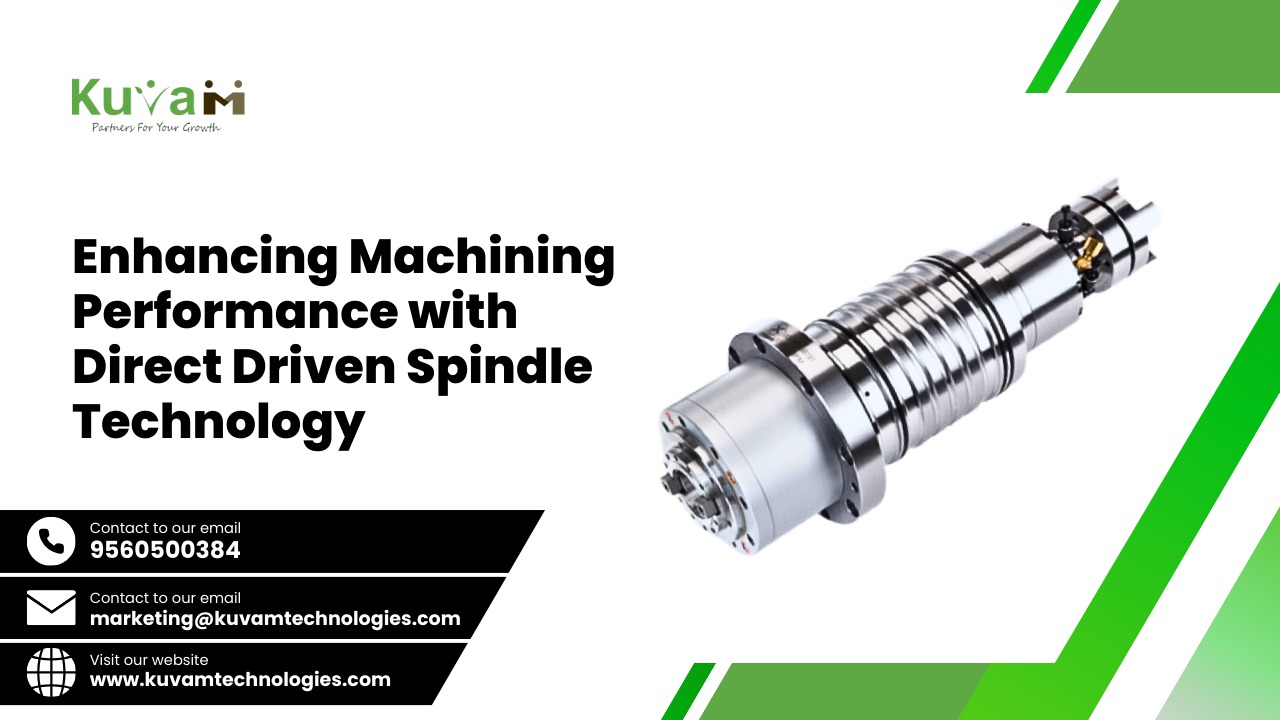CNC Spindles for Different Materials: A Comprehensive Guide
CNC spindles are vital components of machining operations, directly influencing the speed, accuracy, and quality of cuts on various materials. However, different materials demand different spindle performance characteristics to achieve optimal results. This guide explores how CNC spindles perform with materials like aluminum, steel, titanium, and composites, and how to select the right spindle for specific material properties.
Aluminum
Aluminum is a lightweight and soft material, which makes it easier to machine at high speeds. For this reason, high-speed CNC spindles with higher RPMs (Revolutions Per Minute) are ideal for working with aluminum. Here’s why:
- Spindle Speed: Aluminum can handle faster spindle speeds without causing wear or tool damage, making spindles with speeds of 15,000 RPM or higher perfect for this material.
- Cooling Considerations: Since aluminum tends to accumulate heat during cutting, CNC spindles equipped with cooling systems (air or liquid) help prevent tool overheating and material deformation.
- Torque: Low to medium torque is sufficient for cutting aluminum, as its softness allows for easy chip removal and smooth cutting.
Spindle Selection for Aluminum: Choose a high-speed spindle with excellent thermal management and precision for fine finishing.
Steel
Steel is harder and denser than aluminum, requiring a more powerful spindle capable of handling its toughness. Here’s what to consider:
- Spindle Speed: Steel requires lower spindle speeds (around 6,000 to 12,000 RPM) compared to aluminum. Higher speeds may result in tool wear or overheating due to the material’s hardness.
- Torque: Cutting steel requires higher torque to maintain cutting force, especially at slower speeds. Spindles designed for high torque at lower RPMs are ideal.
- Vibration Control: Steel can create more vibration during cutting, so CNC spindles with vibration damping technology or rigid construction are crucial for maintaining accuracy and avoiding surface defects.
Spindle Selection for Steel: Look for a CNC spindle with high torque, vibration damping capabilities, and robust design to ensure a smooth and precise operation at lower speeds.
Titanium
Titanium is a strong, tough, and heat-resistant material often used in aerospace and medical industries. Machining titanium requires spindles that can handle high loads and heat.
- Spindle Speed: Similar to steel, titanium needs lower spindle speeds (typically 4,000 to 8,000 RPM), as higher speeds can cause excessive heat build-up and tool wear.
- Cooling Systems: Titanium generates significant heat during machining, so spindles with efficient cooling systems are crucial to avoid overheating and tool failure.
- Torque: Titanium demands high torque to manage the material’s strength and density, allowing for consistent cutting at slower speeds.
Spindle Selection for Titanium: A powerful spindle with high torque, strong cooling, and rigid construction is necessary for handling titanium’s unique challenges.
Composites
Composites, such as carbon fiber or fiberglass, present their own challenges. They are typically abrasive, which can wear down tools quickly, and require specialized spindles for clean, precise cutting.
- Spindle Speed: Moderate spindle speeds (between 10,000 and 20,000 RPM) are often ideal for composites to avoid fraying or delamination.
- Tooling Compatibility: Since composites wear down cutting tools more quickly, CNC spindles should support the use of abrasion-resistant tools like diamond-coated cutters.
- Dust Management: Machining composites generates a significant amount of dust, which can affect spindle performance. Spindles with integrated dust collection systems or compatible with external dust removal setups are beneficial.
Spindle Selection for Composites: Opt for a spindle with moderate speeds, excellent dust management capabilities, and compatibility with specialized tooling for long-lasting precision.
Key Factors in Choosing a CNC Spindle for Material Properties
When selecting a spindle for machining specific materials, consider the following factors:
- Speed (RPM): High speeds are ideal for soft materials like aluminum, while harder materials like steel and titanium require slower speeds.
- Torque: Higher torque is essential for dense materials such as steel and titanium, while lower torque suffices for softer materials like aluminum.
- Cooling: Effective cooling is critical for heat-sensitive materials like titanium and aluminum to prevent overheating and tool damage.
- Vibration Control: Spindles with vibration damping are essential for harder materials like steel, which can cause more chatter during cutting.
- Tool Compatibility: Ensure the spindle can accommodate the right cutting tools for the material you’re machining (e.g., abrasion-resistant tools for composites).
Selecting the right CNC spindle for different materials is crucial to achieving precision, efficiency, and cost-effectiveness in machining operations. High-speed spindles work well with softer materials like aluminum, while high-torque, low-speed spindles are better for tougher materials like steel and titanium. Composites require spindles with moderate speeds and excellent dust management. By considering material-specific requirements for speed, torque, cooling, and vibration control, you can ensure optimal spindle performance across a variety of machining applications.




